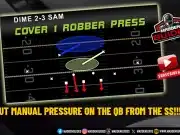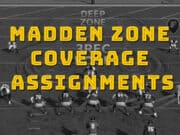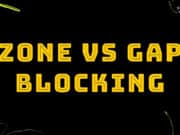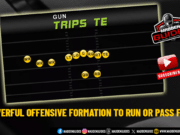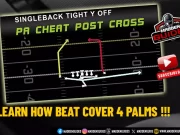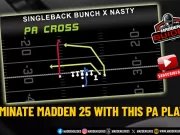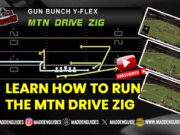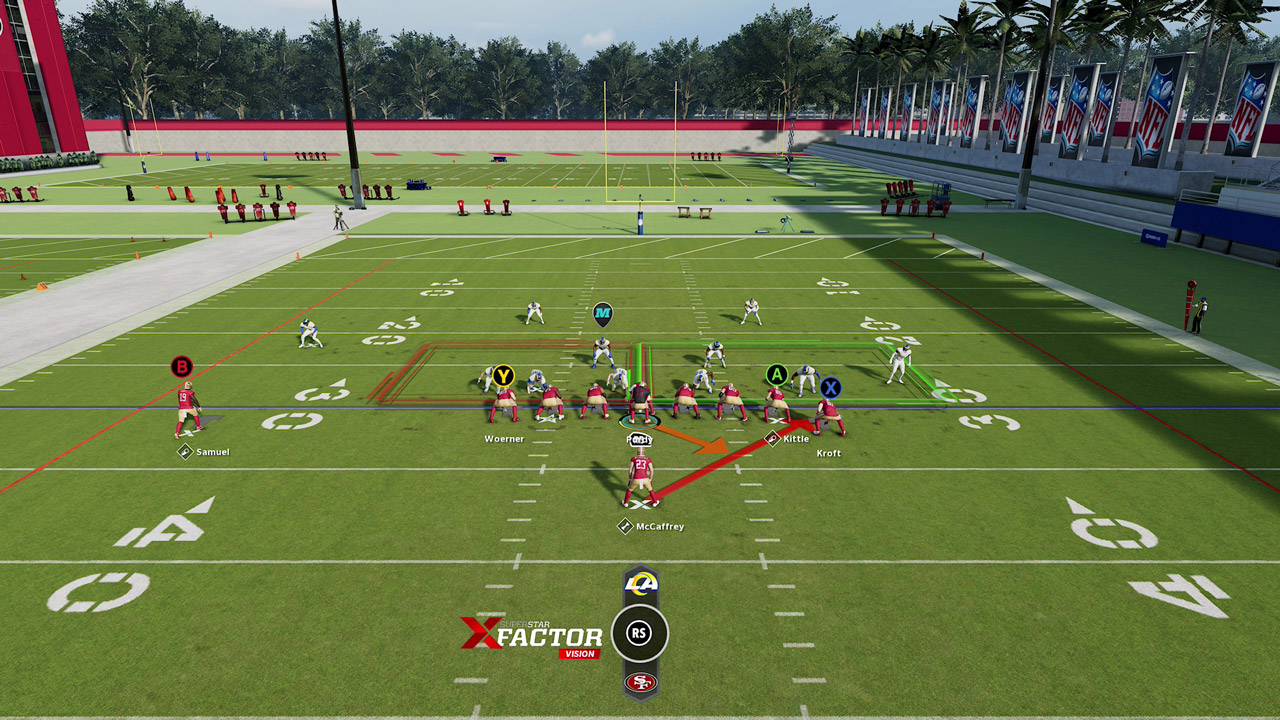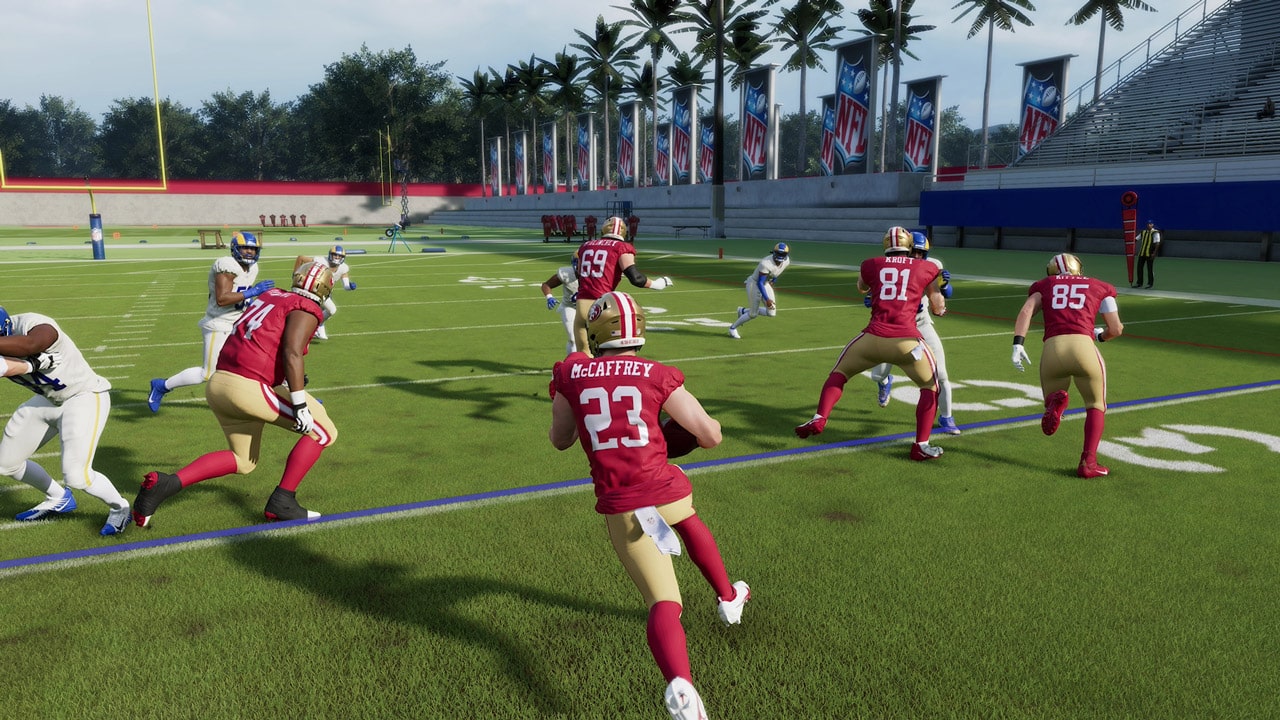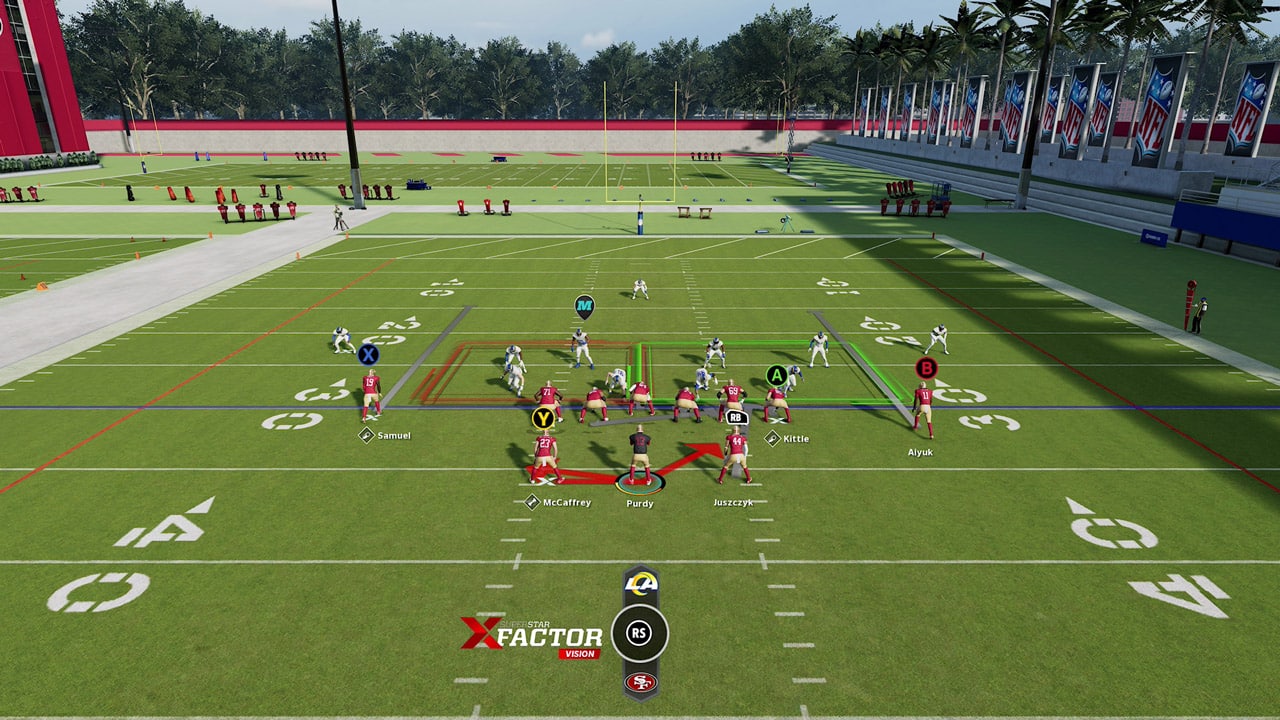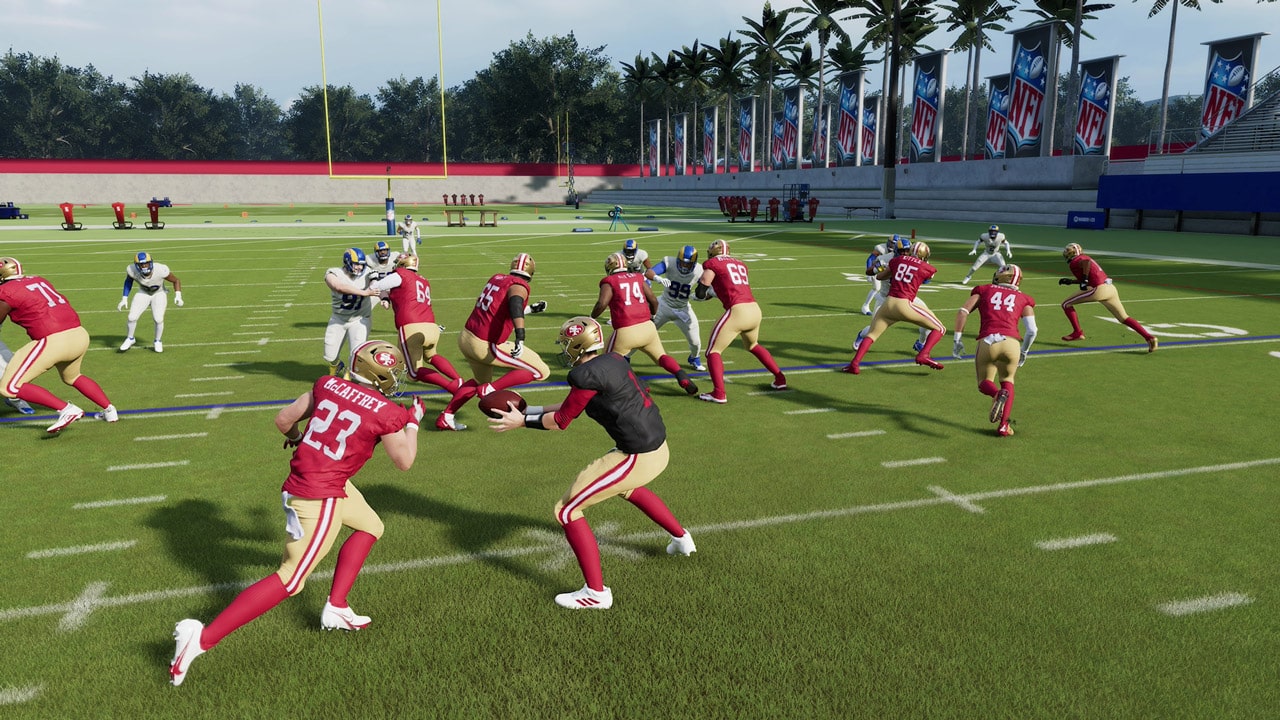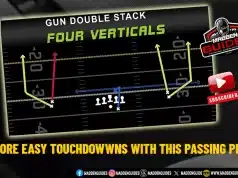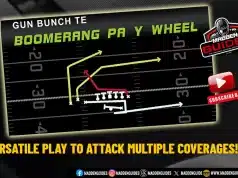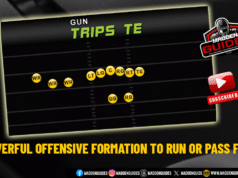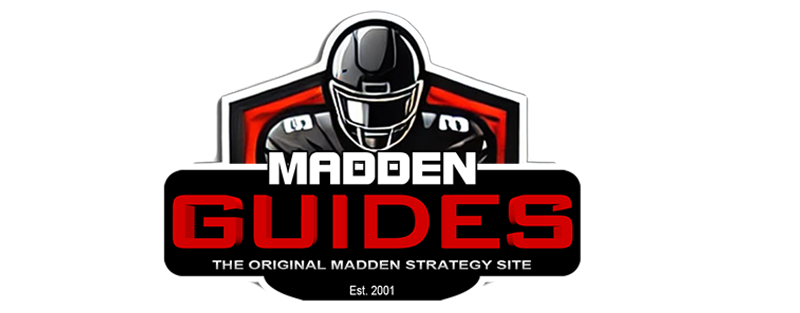In this Madden Guides blog post, we will examine Gap vs Zone Blocking. We look at the similarities and differences between these two popular football run blocking strategies. Offensive linemen and running backs need specific skills and tactics depending on the strategy, which has pros and cons.
Zone Blocking:
In a zone blocking scheme, the offensive linemen cover a larger area than a given defender. In order to provide the running back with a variety of options, the linemen cooperate to produce horizontal movement along the line of scrimmage. The running back must analyze the defense’s movement in order to cut back to open space.
Linemen must have athleticism, agility, and coordination for zone blocking. They have to be able to move laterally, reach block defenders, double team, and climb to the second level. They also have to communicate well with each other and adjust their assignments on the fly.
When compared to gap blocking, zone blocking has several advantages. Using overpursuit and cutback lanes, it can produce explosive plays. By forcing them to leave their positions, it can also nullify aggressive defensive fronts. Zone blocking is flexible and adaptive..
Zone blocking does, however, have significant disadvantages. If the defense crosses the line of scrimmage or the running back fails to find the opening, it may be vulnerable to bad plays. Also, the running back must trust his linemen and wait for the lane to open up, which calls for more perseverance and vision on his part. If the attack does not incorporate different varieties of runs or passes, zone blocking can also be predictable and simple to stop.
Gap Blocking:
The offensive linemen in a gap blocking strategy are each given a certain defender or gap to block so the running back can get through the intended hole. The linemen launch the ball and use strength and leverage to attack their man or gap. The running back does not have to analyze the defense because he already knows the hole to run through.
Gap blocking requires linemen to be strong, physical, and aggressive. They have to be able to drive block defenders, pull around, and seal off gaps. They also have to execute their assignments with precision and timing.
Over zone blocking, gap blocking offers some advantages. Through the imposition of physicality and the creation of push at the point of attack. It can generate constant positive yardage. Streamline the running back’s decision-making process by having him merely follow his blocks and hit the hole hard. Gap blocking works better in short yardage near the goal line, where power and leverage matter more than speed and space.
Nevertheless, gap blocking also has some drawbacks. There maybe limits to its big play potential by relying on brute force rather than finesse. It can also be vulnerable to stunts, slants, and blitzes by the defense. These defensive tactics can disrupt the blocking scheme and create penetration. Gap blocking can also be less flexible and adaptable, as it depends on specific formations and personnel groupings.
Final Thoughts:
As you can see Zone vs Gap blocking has many pros and cons. Both strategies have pros and cons and require different running back and offensive lineman skills.The personnel, formation, defense, and game situation are only a few of the variables that influence which strategy should be run.
Don’t forget to check out the Madden Guides YouTube channel for the latest videos for Madden Tips, Madden Strategies, Madden Plays, and Madden Formations.


